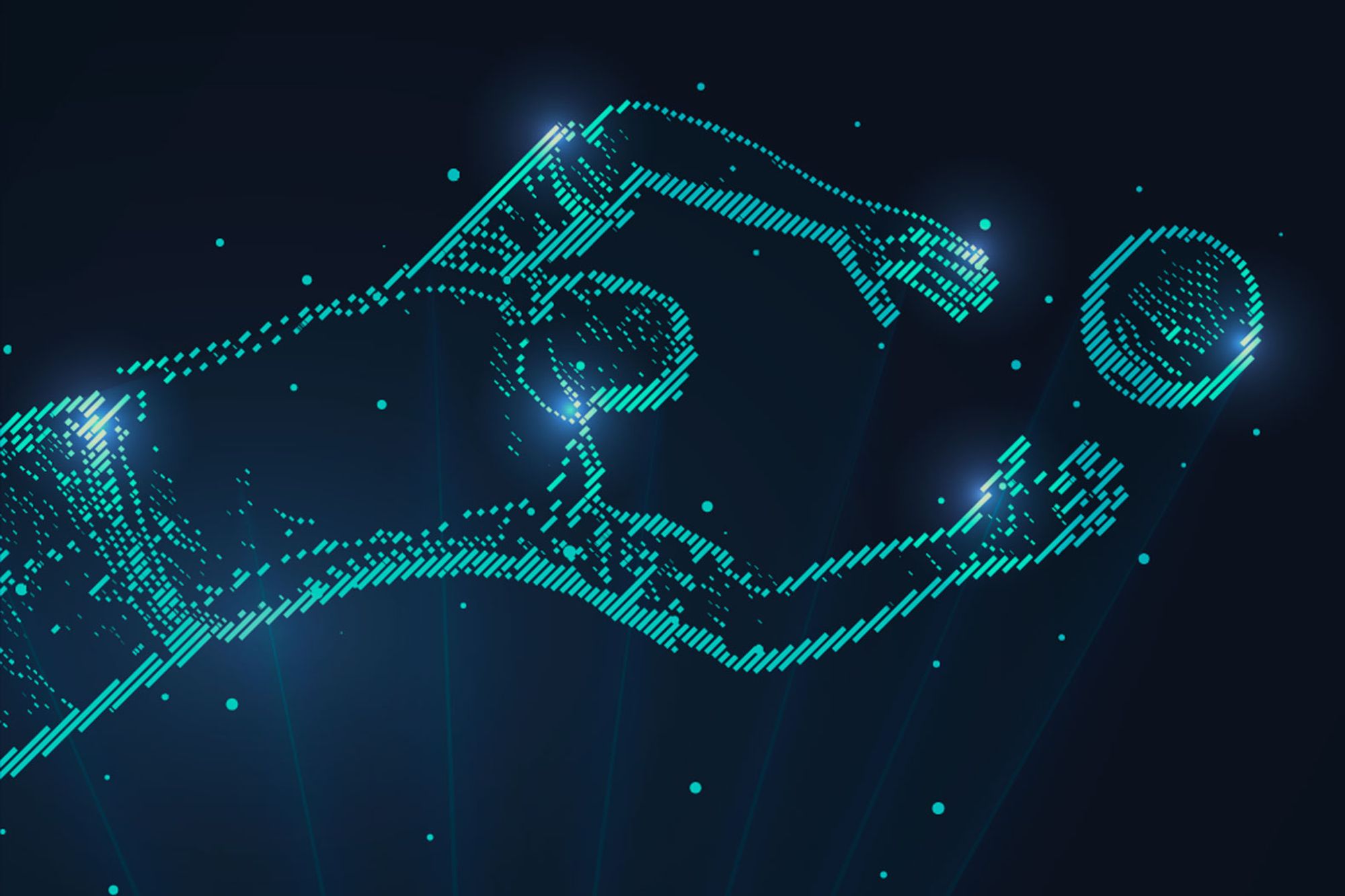
Digital revolution: how technology is redefining goalkeeper training
Amine El Assouri, Keeper In Motion
In the world of soccer, the position of goalkeeper requires unique skills and rigorous preparation. With the advent of advanced technologies, goalkeeper training is undergoing a radical transformation. This article explores how digital tools, data analysis and innovations in virtual and augmented reality are enhancing traditional training methods, offering goalkeepers the means to perfect their responsiveness, accuracy and decision-making on the pitch.
Data analysis and performance measurement
The growing adoption of real-time tracking technologies has revolutionized goalkeeper training. Motion sensors and GPS systems integrated into sports equipment provide a massive amount of data on every action performed by goalkeepers during training sessions and matches. This data includes speed, direction, timing of jumps, and even the strength of saves. Coaches can use this information to create detailed performance reports, precisely identifying strengths and areas for improvement for each goalkeeper. This highly personalized feedback helps optimize training sessions and accelerate the development of the specific skills required.
Simulations and virtual reality
Virtual reality (VR) technology offers goalkeepers a revolutionary training method, allowing them to immerse themselves in match simulations. In VR, goalkeepers can face an infinite series of shots from all directions, simulating not only a variety of game situations but also the stressful conditions found in matches. This enables rapid decision-making to be practiced and instinctive reactions under pressure to be improved. In addition, augmented reality (AR) helps superimpose specific training elements, such as anticipated ball trajectories, directly into the goalkeeper’s field of vision, enhancing their ability to read the game and anticipate opponents’ actions.
Personalized, adaptive training
Thanks to artificial intelligence, training programs for goalkeepers have become more adaptive and personalized. AI algorithms analyze data collected during training sessions to automatically adjust drills according to each goalkeeper’s specific progress and needs. For example, if a goalkeeper has difficulty with low shots, the program can increase the frequency of such shots in simulations to reinforce that specific skill. This targeted approach ensures that each goalkeeper works optimally on his or her weak points, while at the same time consolidating his or her skills.
Technological collaboration and continuous feedback
The integration of collaborative online platforms enables goalkeepers, coaches and analysts to share insights, training videos and performance data in real time. This instant communication helps create a consistent and responsive training environment, where feedback is not only rapid but also incremental. What’s more, these platforms facilitate benchmarking against professional standards and enable goalkeepers to compare themselves with their peers around the world, inspiring continuous improvement through clear, measurable objectives. This connected ecosystem supports a culture of excellence, constant innovation and personalized development, essential for progression to the elite level.
